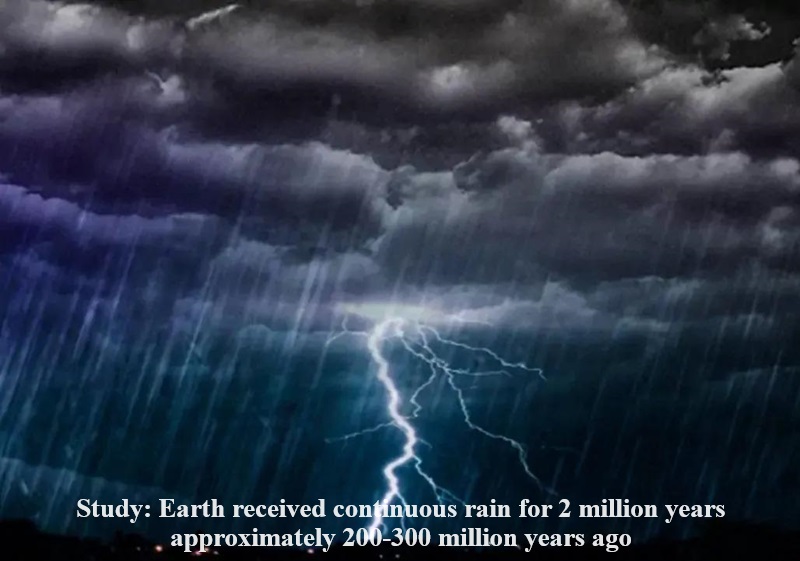
The Earth remains brimming with enigmas, continually captivating our curiosity as we delve deeper into its genesis and constitution. The unfolding narrative of our planet’s history often leaves us awestruck and astounded, none more so than the astonishing Carnian pluvial period, during which it is theorized that Earth endured ceaseless rainfall spanning millions of years.
The prolonged deluge spanning millennia has long been a source of fascination for researchers, serving as a pivotal epoch in the emergence of life on our terrestrial home. Contemporary scientific inquiry now offers insights into the mechanisms behind this extraordinary phenomenon.
Rewinding to the era of Pangea, an epoch roughly 200-300 million years distant, Earth existed as a colossal supercontinent, an epoch vastly dissimilar from our modern world. Geologists of the 1970s and 80s unearthed compelling evidence in the form of anomalous strata embedded within ancient rock formations dating back approximately 232-4 million years.
In the eastern Alps, one research team scrutinized sedimentary layers encased within carbonate formations, while their counterparts in the UK analyzed gray rock formations juxtaposed with the renowned red stone characteristic of the region. These disparate yet converging findings, bolstered by corroborative studies across disparate locales, converge to corroborate a shared hypothesis – a prolonged period of aridity preceded an epoch of prodigious rainfall upon our planet’s surface.

Post Your Comments